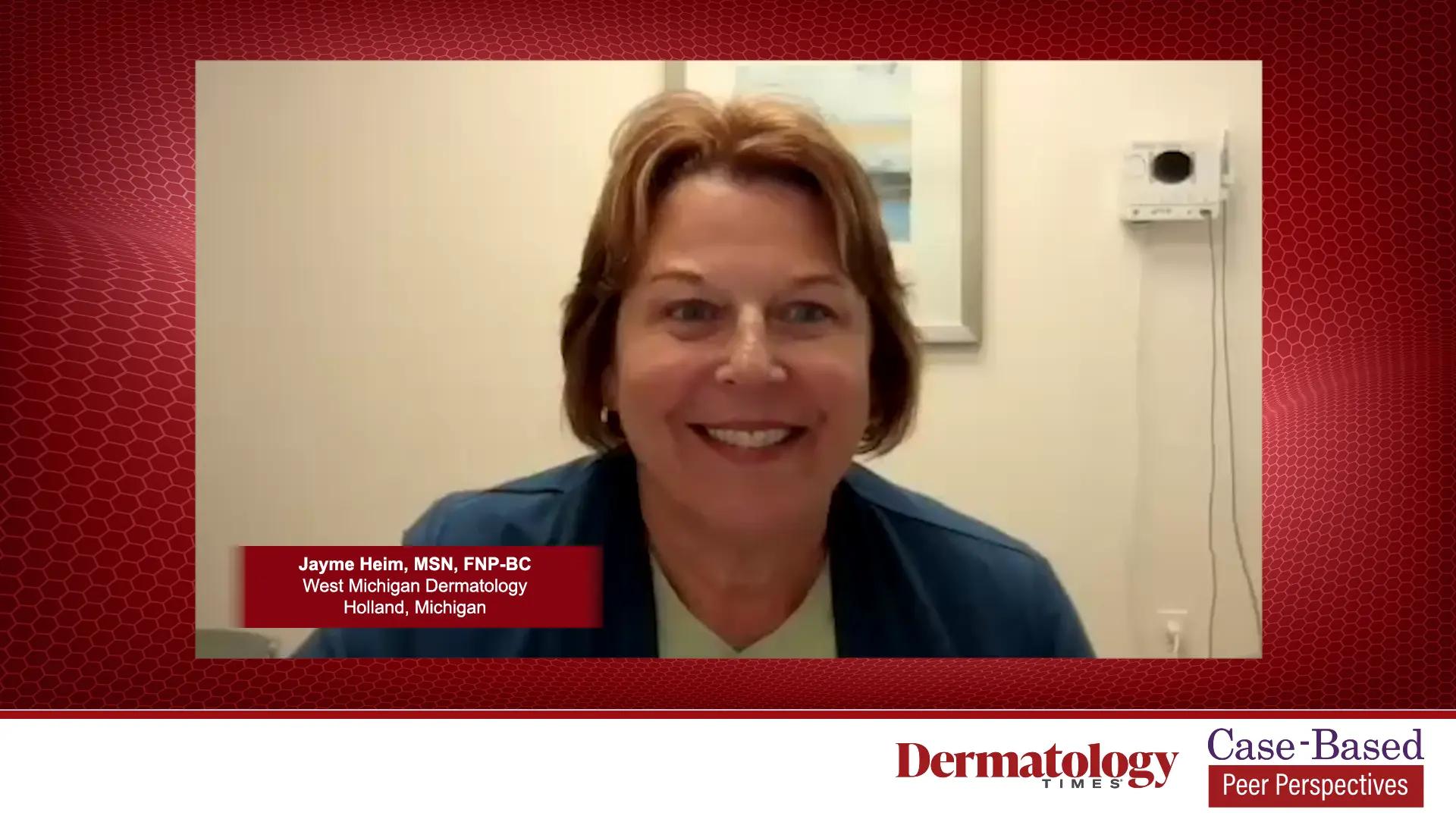- General Dermatology
- Eczema
- Chronic Hand Eczema
- Alopecia
- Aesthetics
- Vitiligo
- COVID-19
- Actinic Keratosis
- Precision Medicine and Biologics
- Rare Disease
- Wound Care
- Rosacea
- Psoriasis
- Psoriatic Arthritis
- Atopic Dermatitis
- Melasma
- NP and PA
- Skin Cancer
- Hidradenitis Suppurativa
- Drug Watch
- Pigmentary Disorders
- Acne
- Pediatric Dermatology
- Practice Management
- Prurigo Nodularis
Article
Treatment pearls for pediatric vascular lesions
Technologies and techniques dermatologists use to treat vascular lesions in children are improving, resulting in better outcomes for young patients, according to a presentation by New York City-based dermatologist Roy G. Geronemus, M.D., and colleagues at yesterday’s American Society for Laser Medicine & Surgery 2015 annual conference in Kissimmee, Fla.
Technologies and techniques dermatologists use to treat vascular lesions in children are improving, resulting in better outcomes for young patients, according to a presentation by New York City-based dermatologist Roy G. Geronemus, M.D., and colleagues at yesterday’s American Society for Laser Medicine & Surgery 2015 annual conference in Kissimmee, Fla.
The key to optimal outcomes among pediatric patients with vascular lesions? Early intervention and short treatment intervals, he says.
Dr. Geronemus, clinical professor of dermatology at New York University Medical Center and founder of the University’s laser program, also offers these pearls:
- “Treatment of port wine stains should begin in early infancy for the fastest and most complete response, while minimizing the need for general anesthesia.”
- “Concomitant use of the pulsed dye laser and propranolol can shorten the course of propranolol in complicated hemangiomas.”
- “Hemangiomas of the eyelids can be performed safely and effectively in infants and young children.”
Pulsed dye lasers are the gold standard for treatment of vascular lesions in children, according to the dermatologist. However, Dr. Geronemus coauthored a study in March 2013 in Techniques in Vascular and Interventional Radiology, which suggests CO2 lasers might play a role in treating children with infantile hemangiomas where scarring has occurred.
“[Capillary vascular malformations] darken and thicken, making them increasingly difficult to successfully treat with lasers. [Infantile hemangiomas] involute, sometimes resulting in fibrofatty, atrophic plaques. These individuals can undergo ablative fractional resurfacing with a fractional CO2 laser to improve the texture and appearance of these lesions,” according to the study.





